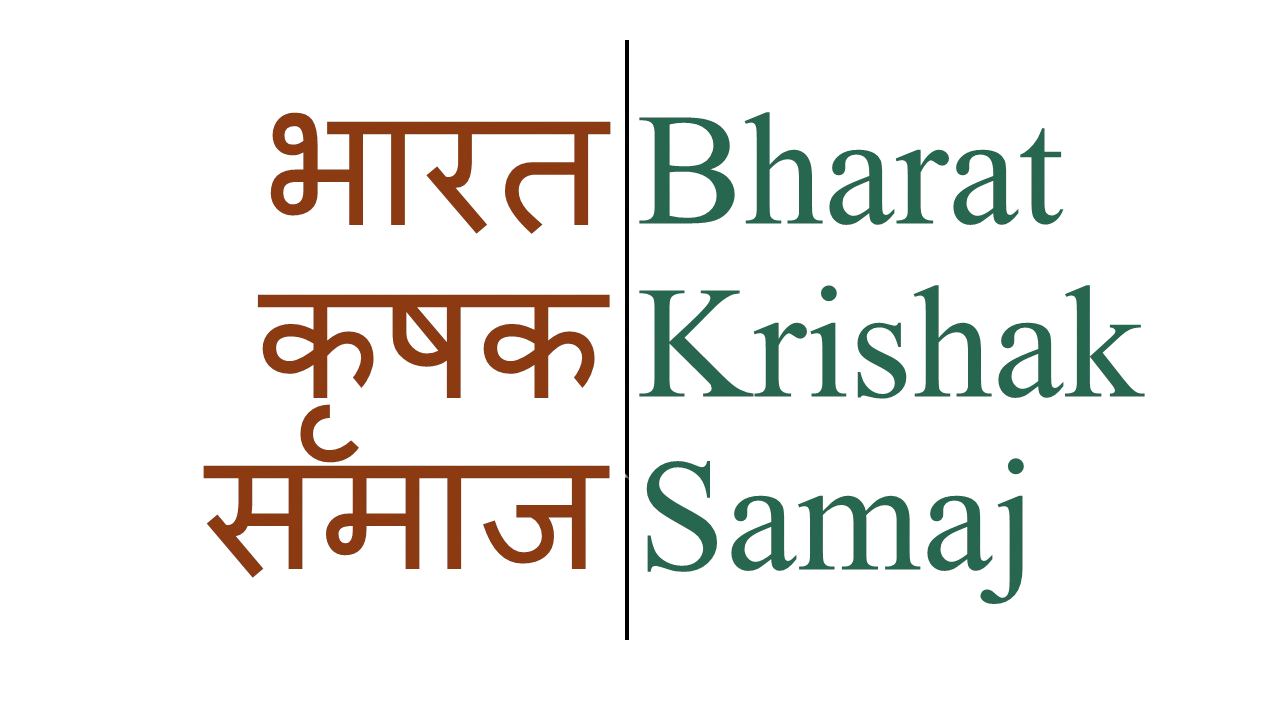Unhappiness on the farms is growing first because first wrong objectives were set and then there were intentional errors in measuring growth.
First they lowered the monetary poverty threshold barrier to prove poverty had been reduced. Next they changed how the gross domestic product (GDP) is calculated to prove growth. Then they went after data on farmer suicides. When policy makers failed to justify their years of folly even after all accounting pyrotechnics, they changed the measurement scale. When even that did not work, they trashed the data as garbage.
They may even change the definition of a farmer to justify the abolition of subsidies but they cannot change the realities on the ground. Ridiculous and often obnoxious reasons are cited for farmer suicides: impotency, barrenness and unrequited love, to name a few. What cannot be changed are the rising numbers of farmer suicides.
When Numbers Lie
Scientists try and prove hypotheses. Academics follow the path as researchers but in pursuit of the new objective to uphold or decry an idea, they have changed the arrangement of the data. The way data is classified and presented influences policy. Biraj Swain has explained how by reducing the baseline for defining poverty by just $0.26 from $1.51 to $1.25, the number of poor people decreased from 1.75 billion to 733 million. It is that simple to reduce poverty! It is just simple to prove any hypothesis through data for one will find ways to establish what one seeks to do.
Setting the Wrong Goals?
Unhappiness on the farms is growing first because wrong objectives were set and then there were intentional errors in measuring growth. Setting precise objectives is of paramount importance whether at the national or global level. Millennium development goals were flawed in ignoring nutrition to begin with. Thus, in the Bharat Krishak Samaj meetings with Dr David Navarro, Special Representative of the UN Secretary-General for Food Security, we advocated that sustainable development goals focus on tackling poverty, nutrition and the issue of job creation by specifically targeting maximum possible self-sustainability of individual farmer families.
To do so, resources must be deployed on animal husbandry, poultry, fisheries and horticulture. Pulls and pressures within the UN forced too many goals and targets, diluting their relevance. Worldwide, the focus needs to shift from increasing farm productivity to means of livelihood and sustainable prosperity. Perpetual delay in resolving the cause of the problem and taking the easier short-term path of focusing on mitigating the consequences instead has aggravated the situation. Achieving prosperity by redistribution of resources by dole-outs is not sustainable. Armchair activists and policy makers in Delhi tried it and failed the nation miserably.
Misleading Definitions
Growth is measured in terms of GDP and agricultural growth is measured in terms of agricultural production. Government, scientists, bureaucracy and conniving economists would want us to believe this fallacy for it suits to justify decades of wrong policies. Both the measures are deceptive and are perplexing to the general public. How come India is progressing on these two counts but farmers who produce food are suffering from poverty and undernutrition? There is no answer to the paradox.
Anecdotally, the much touted and less understood GDP will rise every time a tractor breaks down or, for that matter, a car breaks down. It has often been said that GDP only indicates the speed at which the country is moving but not if it is moving in the right direction. Nor can agricultural productivity increases be contrived as growth because the higher production is not translating into farmer prosperity.
Extension services in India were designed at the time of the Green Revolution to increase productivity for a starved nation. Having achieved the immediate goals, India should have changed course decades ago. Over application of inputs like chemical fertilisers was the easiest way to enhance productivity for the first few decades. In the process, India has been destroying its soil and yield gains started tapering off.
Agricultural productivity increases are coming at a very high cost to the farmer and the nation. Not because it is not possible to act otherwise but because policy makers, blinded by the agriculture input sector, cannot fathom an alternative system or have the political will for a monumental shift to reorient farm policy objectives.
Catastrophe in the Waiting
Unhappiness on the farm is manifesting itself in the largest migration in human history, from rural areas to cities. These migrations are fuelling a demand for jobs which do not exist. Inability to get employment and the lure of secure government jobs are fuelling a desperate cry for job reservations.
Even in a state like Gujarat where agriculture grew at around seven per cent over a 10-year period, farmers are distressed. In desperation, they are getting divided on caste lines as amplified by Hardik Patel. It is a horrifying situation from a farmer’s perspective with caste divisions further eroding the cultivator’s negotiation powers.•




